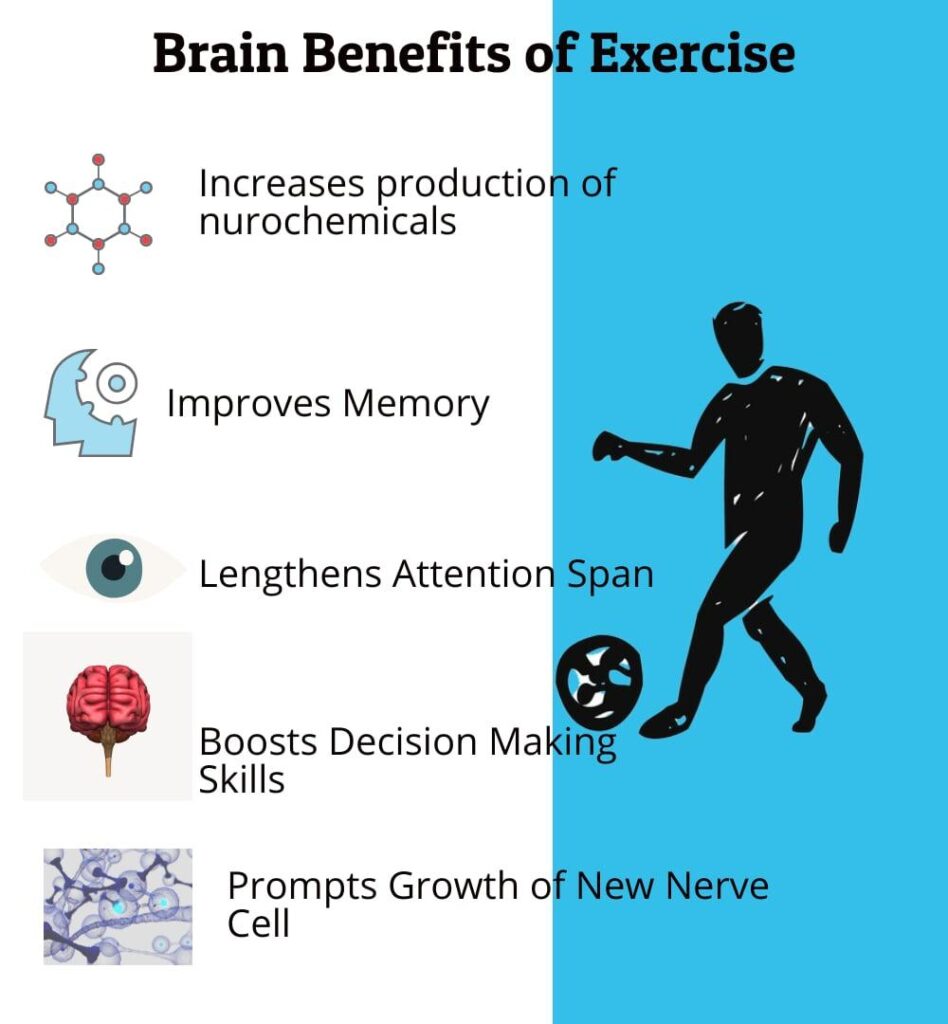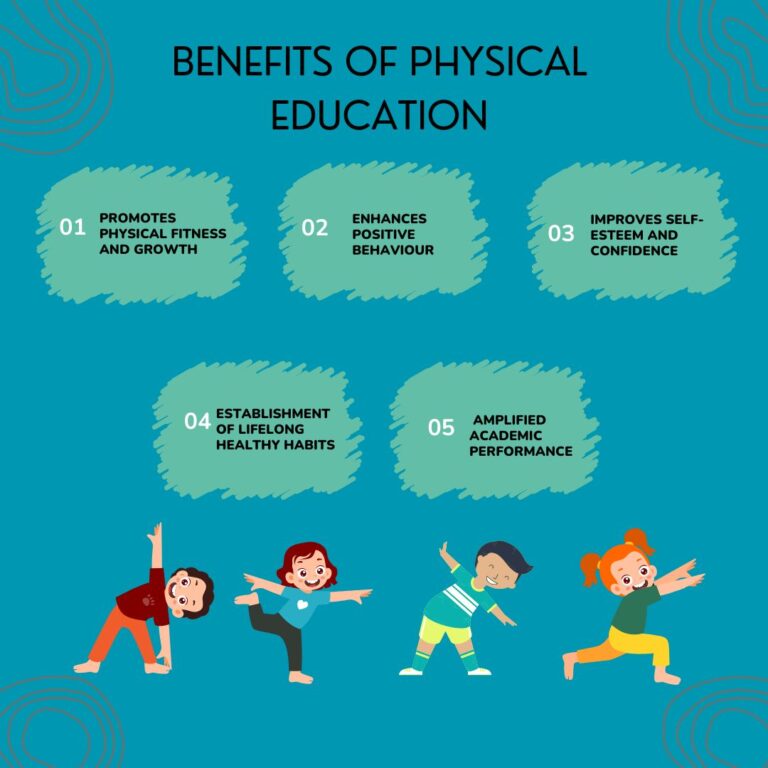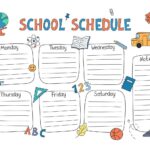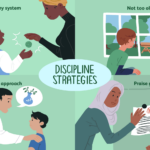Physical education (PE) is more than just playing sports or staying active; it’s a vital component of a well-rounded education. It promotes physical health, mental well-being, emotional balance, and social development. As the world becomes more sedentary, especially with the increasing use of technology, the role of physical education in schools and daily life is more important than ever. In this blog, we’ll explore the significance of physical education, its benefits in schools—especially in boarding schools —and how it impacts various aspects of life.
What is Physical Education?
Physical education is an organized program of activities designed to improve physical fitness, motor skills, and overall health. It encompasses a variety of activities, from basic exercises to organized sports, designed to encourage students to stay active and lead healthy lifestyles.
In schools, physical education is a core subject that focuses on improving students’ physical abilities, teaching them the importance of exercise, and fostering essential life skills such as teamwork, leadership, and self-discipline.
The Importance of Physical Education in Boarding Schools
Boarding schools are unique environments where students live and study in the same community. This setting amplifies the importance of physical education, as it provides a balance to their academic and social lives.
In boarding schools, PE plays a key role in helping students manage stress, build camaraderie, and maintain a healthy lifestyle. With structured programs and access to sports facilities, students have more opportunities to engage in physical activities that enhance their physical and mental well-being.
Read More Blogs: Top Reasons Showing Importance of Education in Life
Benefits of Physical Education in Boarding Schools
1. Physical Benefits
Physical education promotes physical fitness and reduces the risk of chronic diseases. Some specific physical benefits include:
- Improved cardiovascular health
- Increased strength and endurance
- Enhanced coordination and motor skills
- Weight management and reduced risk of obesity
Regular physical activity strengthens muscles and bones, improves posture, and promotes overall physical well-being.
2. Emotional Benefits
Physical activity is closely linked to emotional well-being. Regular exercise helps release endorphins, the body’s natural mood boosters, which can reduce stress and improve self-esteem. Students who engage in physical education are more likely to develop emotional resilience and confidence.
Physical education also provides a healthy outlet for releasing tension and managing anxiety, which is especially important in high-pressure academic environments.
3. Mental Benefits
Physical activity doesn’t just improve the body—it sharpens the mind as well. Studies show that regular exercise enhances cognitive function, improving memory, focus, and overall mental clarity.
In schools, students who participate in physical education often perform better academically because physical activity increases blood flow to the brain, promoting cognitive growth and improved concentration. It also helps in reducing mental fatigue and boosting productivity.
4. Social Benefits
Physical education encourages social interaction and builds teamwork skills. Whether playing team sports or participating in group activities, students learn how to collaborate, communicate, and respect one another.
Key social benefits of physical education include:
- Developing teamwork and leadership skills
- Building strong interpersonal relationships
- Learning the importance of fair play and respect for others
- Fostering empathy and understanding
By participating in group activities, students learn how to work with others, resolve conflicts, and build lasting friendships.
5. Academic Benefits
There is a direct link between physical activity and improved academic life. Regular exercise enhances brain function, helping students retain information better and stay focused in class. Some academic benefits include:
- Increased focus and concentration
- Improved problem-solving skills
- Better time management and discipline
- Enhanced classroom behavior
Research shows that students who engage in physical education are more likely to excel in their studies, as physical activity reduces stress and increases energy levels.
6. Sportsmanship Benefits
One of the core values of physical education is teaching sportsmanship. Students learn how to play fair, respect rules, and accept both victory and defeat graciously. These lessons extend far beyond the field, helping students develop character and integrity.
Physical education also encourages perseverance and self-discipline, teaching students to set goals and work hard to achieve them. These qualities prepare students for success in life, both academically and professionally.
Importance of Physical Education in Daily Life
The benefits of physical education extend beyond the classroom and into daily life, improving overall well-being and personal growth. Here are some key ways physical education helps in everyday life:
1. Improve Academic Performance
Regular physical activity enhances cognitive function, leading to better concentration and improved learning outcomes. It helps students retain information and focus on their studies more effectively.
2. Develop Social Skills
Physical education encourages communication and teamwork, helping students develop essential social skills. Participating in group activities and team sports teaches the value of collaboration and empathy.
3. Reduce Stress
Exercise is one of the most effective ways to reduce stress and anxiety. Physical activity releases endorphins, which improve mood and promote emotional stability.
4. Self-Improvement and Character Development
Physical education fosters self-discipline, perseverance, and resilience. It helps students push their limits and develop a growth mindset, which is crucial for personal development.
5. Increases Focus and Retention
Physical activity improves brain function and boosts memory retention. It keeps students alert and helps them concentrate better on their tasks.
6. Ensures Better Sleep
Regular physical activity promotes healthy sleep patterns, which are essential for overall well-being. Better sleep leads to improved energy levels and productivity throughout the day.
7. Builds Leadership Qualities and Communication Skills
Participation in group sports and activities encourages leadership and effective communication. Students learn how to take initiative, motivate others, and lead by example.
Conclusion
Physical education is a vital part of both school life and daily routines. It promotes physical fitness, emotional balance, mental clarity, and social development while teaching essential life skills like teamwork, leadership, and self-discipline.
Incorporating physical activity into your daily routine not only helps you stay healthy but also improves your academic performance and emotional well-being. Prioritizing physical education ensures that students are better prepared to face life’s challenges with confidence, resilience, and a strong sense of self.




